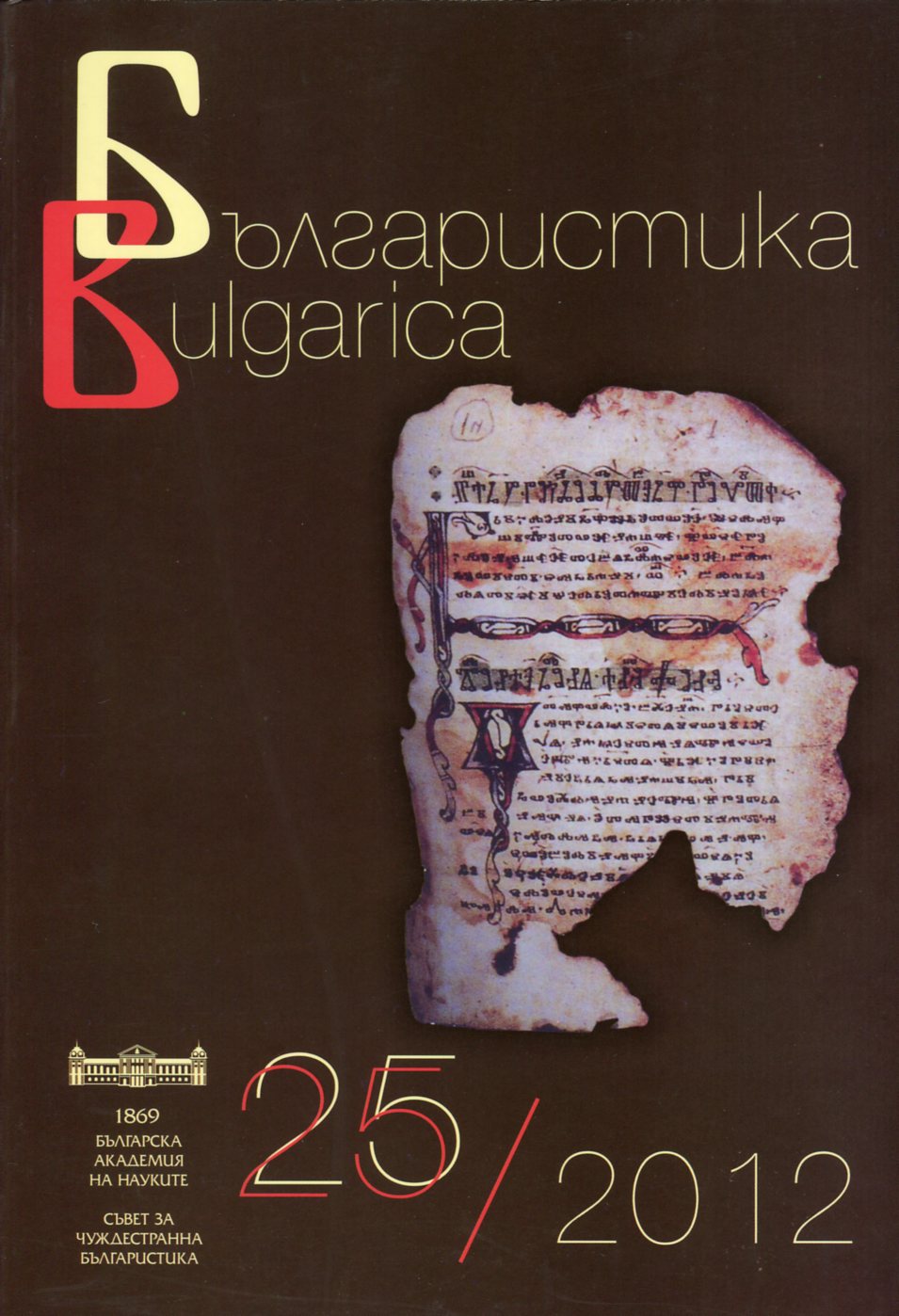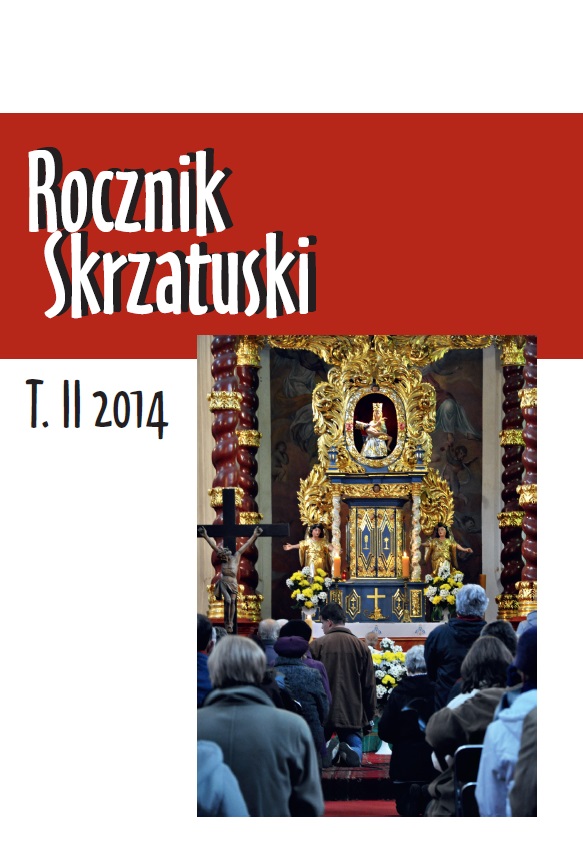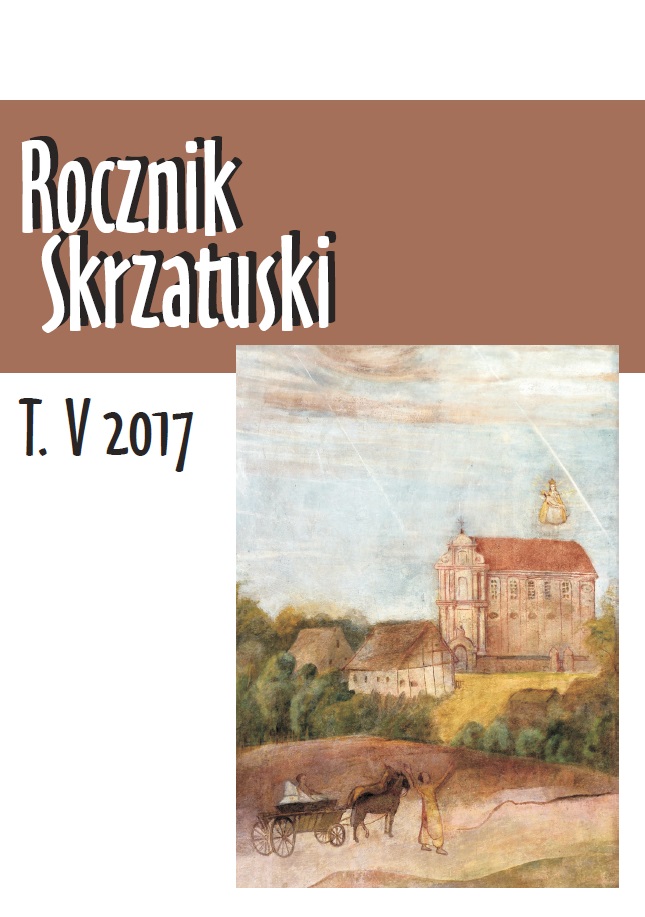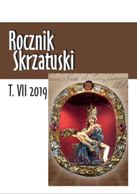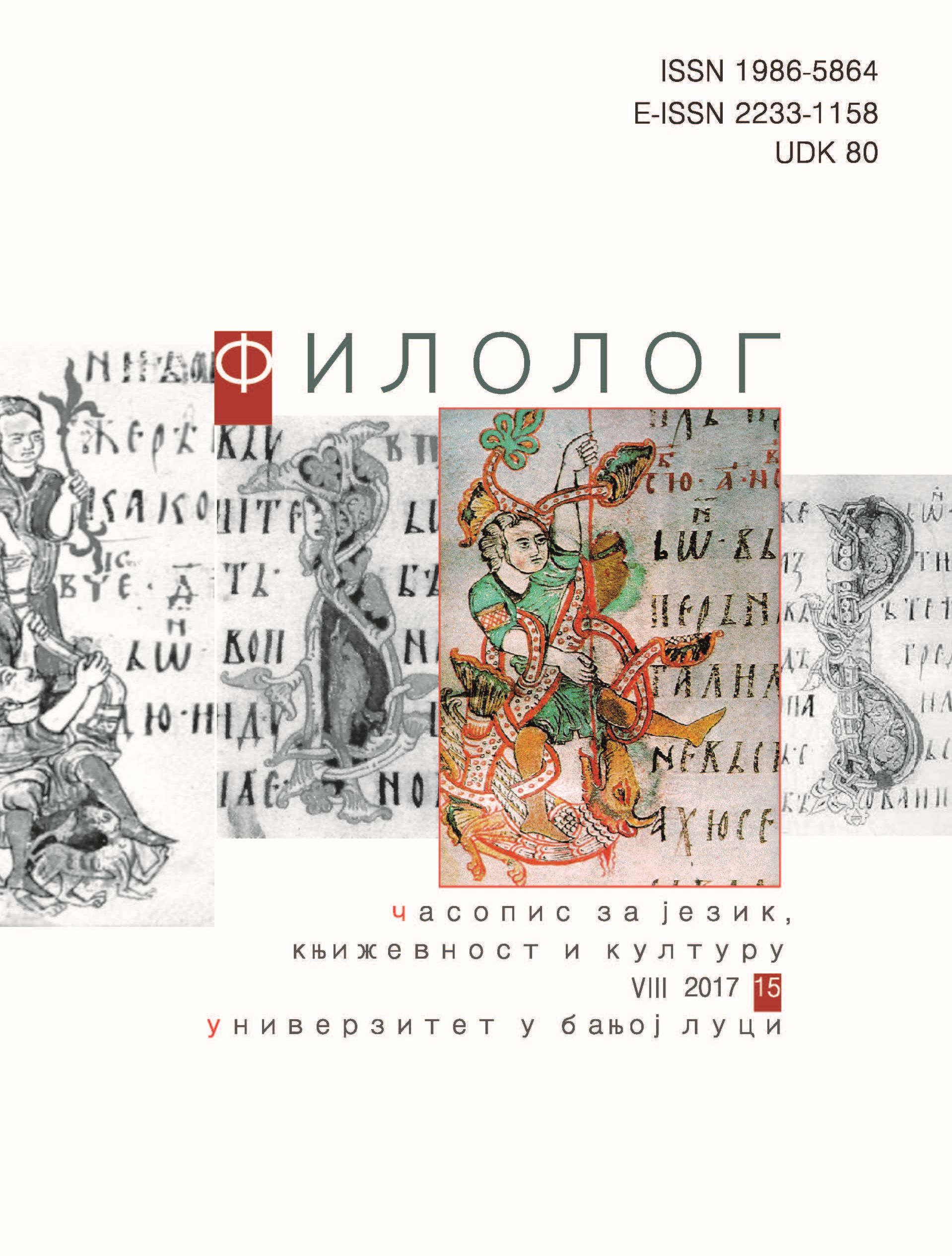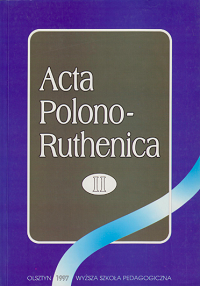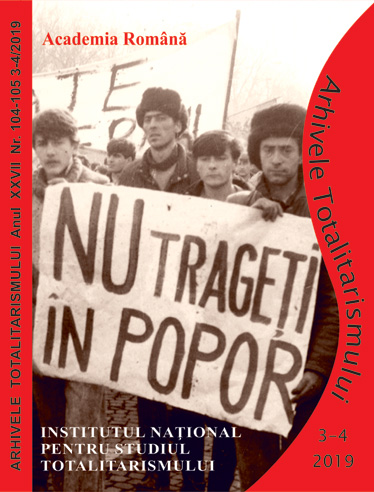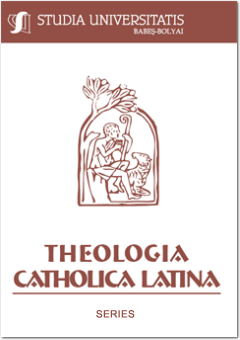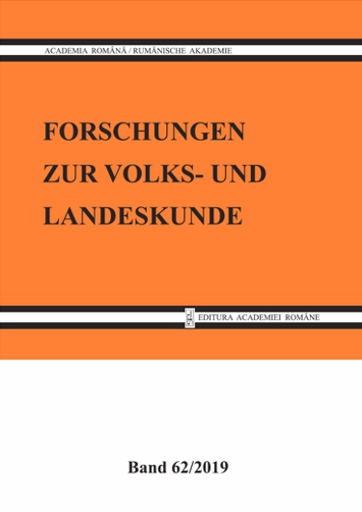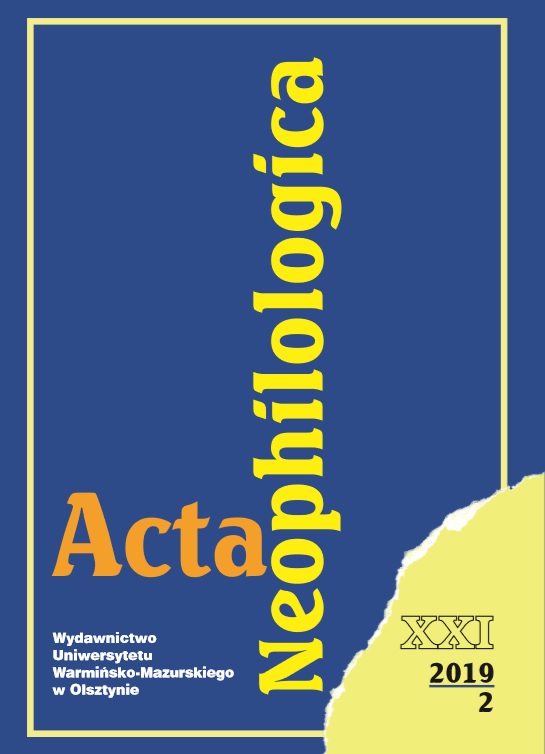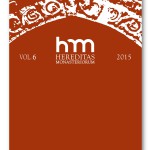
Kronika projektu
There is the chronicle of project Cultural heritage of dissolved monasteries on the territory of former Poland and in Silesia in 18th and 19th c.: fate, significance, cataloguing. Programme of the Ministry of Science and Higher Education (Republic of Poland) under the name of the ’’National Programme for the Development of Humanities” in the years 2012–2016.
More...
